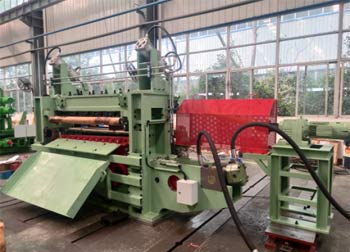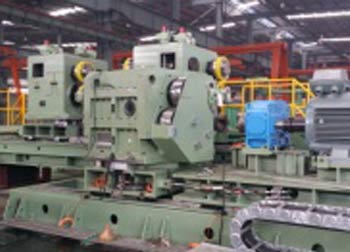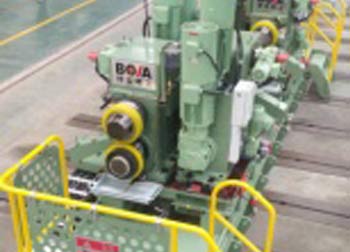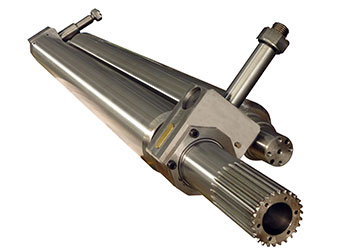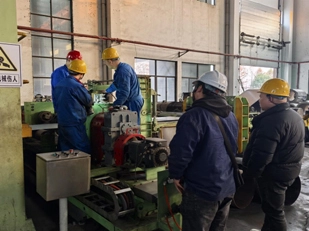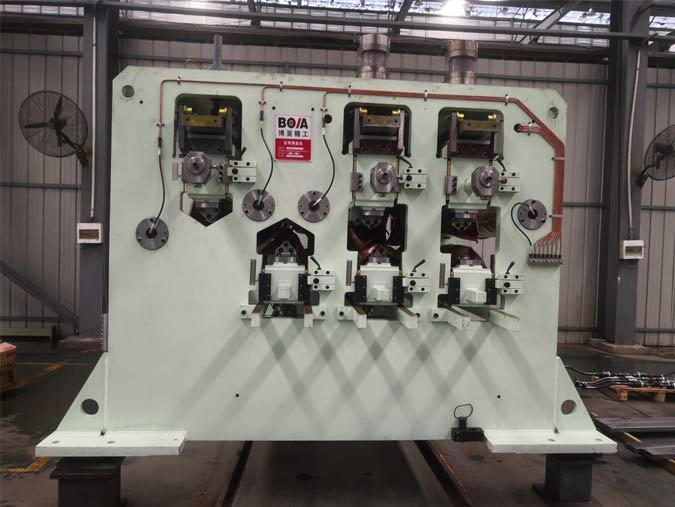Analysis of Differences Between Fine Blanking Press and Common Blanking Press in Stamping Processing
Fine blanking relies on V-shaped gear ring pressure plate, counter-pressure top rod, and punching convex and concave mold to keep the sheet metal in a three-way stress state. The punching gap of fine blanking dies is smaller than that of ordinary punching dies. The cutting speed of fine blanking is low and stable, which improves the plasticity of the metal material and ensures no tearing occurs along the shearing section during punching, thus improving the quality and dimensional accuracy of the shearing surface.
In recent years, with the rapid development of the production demand in the electronics, communication, computer, household appliances and automotive industries, various stamping and sheet metal equipment have increasingly focused on high speed, high precision, and automation of products while ensuring performance, in order to increase product output, reduce costs, and achieve the goal of occupying the market.
Fine blanking belongs to non-cutting processing technology
Fine blanking is a fine blanking method developed on the basis of ordinary punching technology. It can obtain high-quality fine blanking parts with higher dimensional accuracy, smooth punching surface, small distortion, and good interchangeability in one stamping process compared with ordinary punching parts, and achieve product quality improvement at a lower cost. Fine blanking is a precision stamping process developed on the basis of the ordinary punching process. Although it belongs to the separation process like ordinary punching, it contains a processing method with special process parameters. The difference between ordinary punching and fine blanking lies in the essential difference in the process due to the different mold structures.
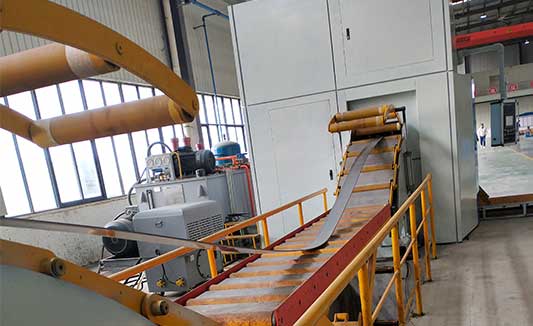
Differences between fine blanking presses and ordinary presses
The body of fine blanking press has high precision and good rigidity, generally using a four-column frame structure and pre-stressed rolling guide.
In addition to the slide, the fine blanking press also has an edge pressing and counter-pressing device, and their pressure can be adjusted separately.
The punching speed of fine blanking is generally 3-15mm/min, generally about 1/3 to 1/2 lower than that of ordinary presses.
Having a closed adjustment mechanism, its adjustment accuracy is ±0.1mm, used to ensure product quality and normal mold life.
Fine blanking presses mostly have auxiliary facilities such as leveling, automatic feeding, material lubrication, and waste material cutting.
Fine blanking presses can punch out fine blanking parts with smooth and straight shearing surfaces, and can also perform composite processes such as punching and bending, punching and extrusion, and punching and drawing. Fine blanking presses have two forms of mechanical and hydraulic transmissions.
Topics You May Be Interested in:
Roll Coating Process
Backup Rolls
Precision Blanking
Conventional Stamping
Rubber Roller Coating Machine
Popular BOYA Flat Metal Processing Machinery
Other Articles about BOYA Flat Metal Processing Machinery

 English
English 
